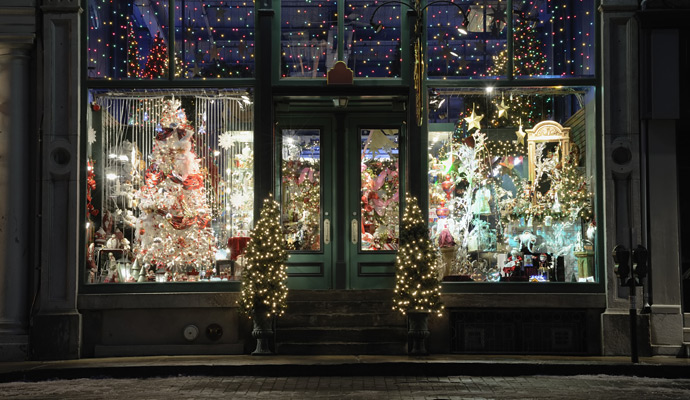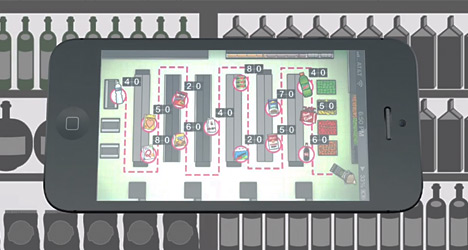The Online Equivalent of Candy at the Checkout
Retailers can trigger shoppers to make impulse buys online just as they can in a physical store.
(originally published by Booz & Company)A famous experiment conducted in 1997 found that when French music was played on a store’s sound system, more customers bought French wine. And when the music switched from French to German, so did the wine sales. Several types of in-store stimuli, including retail shelf location, the amount of shelf space, product displays, promotional discounts, and even smell, have been found to subtly affect consumers’ purchasing decisions and shopping behavior.
But what about in the online environment, where managers can’t just change the song or re-arrange a store window? Recent studies have estimated that as much as 40 percent of the money spent on e-commerce sites can be chalked up to impulse purchasing. Think of someone idly browsing the iTunes store to kill some time, without necessarily intending to buy anything, then deciding to purchase a song or two. Although this type of online impulse buying has become commonplace, little is understood about the underlying psychology.
A new study in Decision Support Sciences may provide some answers. The authors asked more than 300 consumers to complete detailed surveys—with more than 100 questions—about their Internet shopping habits and preferences. The respondents were specifically asked to evaluate their history with online group shopping sites, such as Groupon.com, which offer low-price local services or products for a limited time. Because these sites frequently offer off-season or overstocked inventory that turns over quickly, consumers typically don’t visit them looking for specific items, making it an ideal setting to examine impromptu purchases.
The results indicated that three elements primarily drove consumers’ sudden urge to splurge: the website’s ease of use, visual appeal, and product availability. From a psychological viewpoint, a consumer’s underlying impulsiveness, desire for instant gratification, and lack of “buyer’s remorse” that some might feel about making an impulse purchase had significant motivating effects.
“In other words, when a consumer feels that an online store exhibits a diversity of various interesting offers and is easy to use, the store will be perceived to be more visually appealing,” the authors write. “Further, shopping in such a visually appealing site, consumers will have more pleasure of making [a] purchase and have a positive evaluation on making [an] unplanned purchase, resulting in a stronger feeling of being urged to buy impulsively.”
Overall, the study emphasized that managers can steer consumers toward impulse buys in several ways. Retailers should create a welcoming and easy-to-navigate site with an array of products, including visually appealing and relevant elements, such as mouth-watering pictures of food, the authors suggest. Fonts, background colors, and graphics can all play into consumers’ decision making, while advertising should stress how impulse buys can boost shoppers’ instant gratification and not leave them feeling guilty about their choice. Finally, because consumers have varying degrees of impulsiveness, pushing product information toward consumers who have a history or likelihood of impromptu purchasing could boost sales.
“[T]he trick for effectively triggering impulse purchase is to give consumers enough exposures to relevant environmental stimuli at the expenditure of least physical, mental, and time effort by creating a pleasant shopping experience,” the authors conclude.




